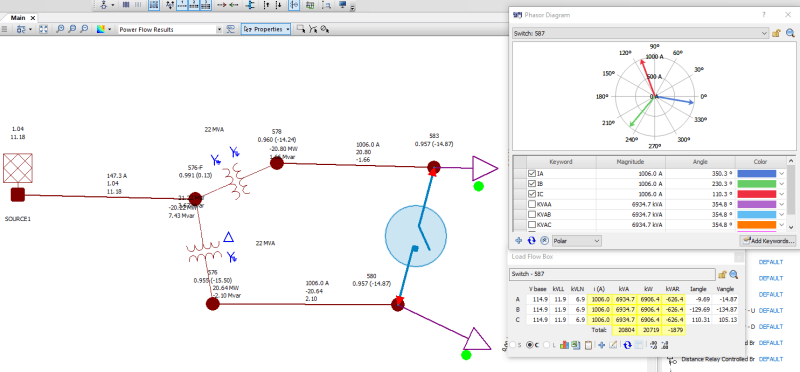protoslash
Electrical
- Jul 19, 2018
- 67
A theoretical question. If I have 2 feeders supplied from 2 different substations with different vector group. These 2 feeders are 30 degrees apart, what happens if I close a tie switch between the 2 feeders?
The instantaneous voltage is different so there should be fault at the tie switch? However I know if the phase shift is small, the system can sort itself out and have no problem paralleling. So question is how big of the phase shift is too much?
The instantaneous voltage is different so there should be fault at the tie switch? However I know if the phase shift is small, the system can sort itself out and have no problem paralleling. So question is how big of the phase shift is too much?

